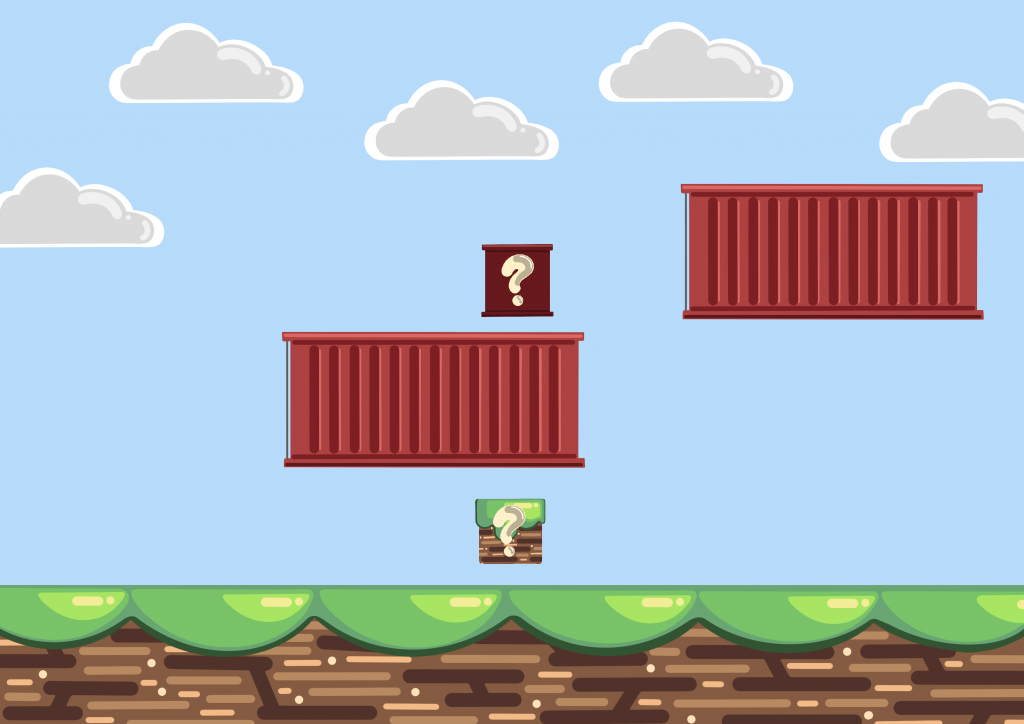Project Proposal
The subject of the proposal: Platform game about Jurong’s nature and industrial aspects
The space that your project will explore: Jurong Industrial Estate/ Shipyard and Jurong Lake Gardens/Chinese garden
The form that your project will take: A platform game of our character going through the timeline of Jurong, but the same time we will have an implementation of portals for players to explore more about each aspect that we will be focusing on (nature and industrial)
Project Concept
An interactive scrolling game that increases the players knowledge on the nature and industrial sides of Jurong
Consult notes from 16 Feb 2020
- The easter eggs will give the player a bigger payoff
- The drive towards development, and building more in Jurong, has its drawbacks. But taking time to view the overall scene can better benefit society.
- Creating hyperlinks may break the immersion of the players, so how can we integrate the archival/ interesting info within the game itself? We can make the facts within each popup short and simple so the player does not need to divert to other websites.
- Try alternatives of portals/ alternatives to parallel
- Scrolling backwards/ letting the character navigate upside down
- What is the function of the chatterbox in relation to the game? Creating a visual summary of the interactions the player makes in the game
- What is the takeaway that we are giving to the viewer? Probably interesting facts about the nature and industrial aspects of jurong that is summarised in pictorial form
Aspects to consider
- What kind of info do we want to give the players?
- How long is each round?
- How many options do we have per round?
Moodboard / Colour scheme
Click here
Rough idea of graphics

Game layout progress
https://vimeo.com/user91827123/review/393638637/a098bd64af
So far the jumping action for the character has been created on a single platform.



